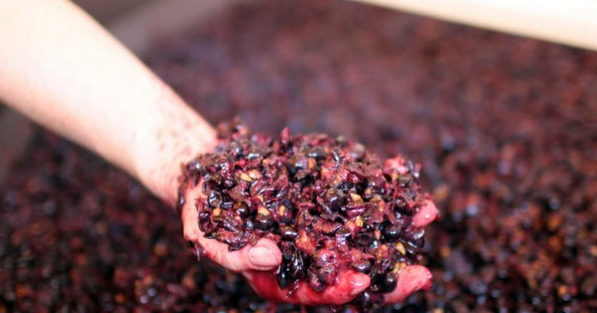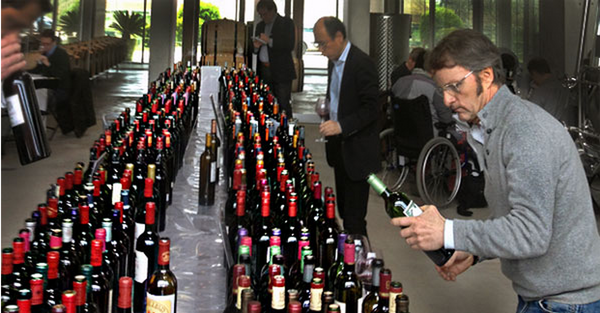

The wine in your glass was made possible through extraction.
Though not talked about often, extraction is an underappreciated part of the winemaking process.
The flavors you taste, tannins you feel and colors you see in your wine are made possible by extraction. Extracting these elements are a delicate art to the winemakers.
Extraction involves the transfer of flavors, tannins, and colors from the grape to the grape juice that ultimately becomes wine. Maceration process is a crucial step.
This process is almost like brewing tea. If you put a teabag in your cup and leave it there for too short a time, you will under-extract the tea. The flavors from the tea leaves will not be sufficiently extracted and you don’t taste much tea at all.
On the other hand, if you leave the teabag in the cup for too long, you will over-extract the tea. The result is a heavy tasting tea that lacks grace and is harsh on your palate.
The wine grape also plays a part in the amount of extraction necessary. For example, a grape like Cabernet Sauvignon would need more extraction as compared to the delicate Pinot Noir grape. This is because Cabernet Sauvignon is used to make full-bodied, bold wines. Pinot Noir is an elegant and delicate grape that will betray its nature if over extracted.
Wine novice or interested in discovering wines you do not have access to? Every month receive two bottles of exclusive French wines at home with our tasting guide. Find out more





